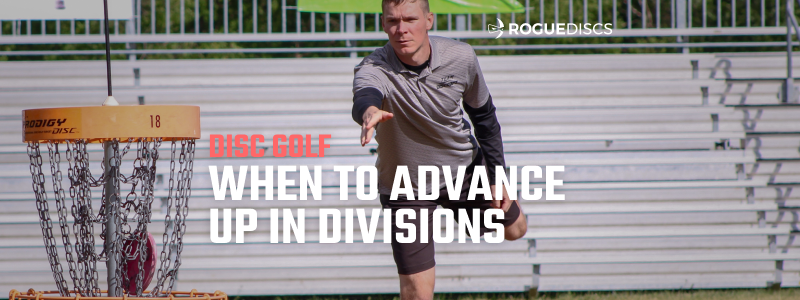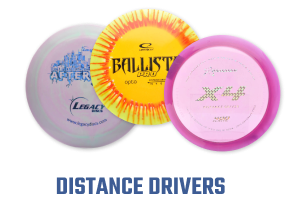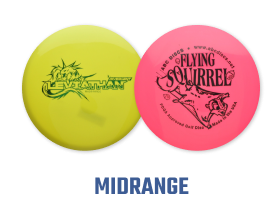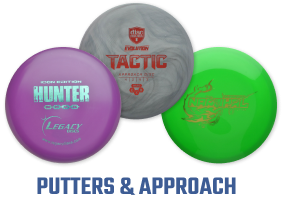
As a competitive disc golfer, you want to get better. Bottom line. But as this happens, a question must be posed; at what point do you move up a division in PDGA competitions? This can be a tricky decision for many players as we all have different competitive urges and life situations. However, one thing is true; there is no substitute for experience in stressful situations, no matter what division you play. This article breaks down the navigation process for your progress through the various divisions of competitive disc golf. Let’s start by getting personal.
What Do You Want From The Sport?
We all play disc golf for different reasons. However, it’s hard to argue that in competitive disc golf, we like to get better and win. Be honest and question why YOU are in the game and what motivates YOU. Then take a look at your current rating and personal situation. Do you have time to practice and get better? Are you willing to travel for tournaments? What is your age? What is your family situation? Are you content playing in your current division? Who do you play most of your casual rounds with? There are now over 5,000 PDGA sanctioned tournaments a year, so there is no shortage of opportunities for competitive disc golf.
This last question is one that can take you to the next level. We all have great friends in the sport that we enjoy playing with. One key factor in progressing in the sport is playing with players who are better than you. If your current casual rounds are played with folks near your skill level or below, I highly recommend finding players better than you and heading out to a course. This doesn’t mean replacing your friends! This means meeting new people and playing more frequently with better players. The experience and skills you glean from such rounds will pay off significantly. You will not only learn from their shots, but you will also learn from their demeanor. Observe and keep learning.
Don’t Stick Around Too Long
There are various schools of thought on when to progress up a division in the amateur ranks and when to make the final jump into the professional (Open) ranks. However, they all have one thing in common; don’t stick around any division too long(unless it’s Open)! Nobody likes when a player continuously wins in a lower-ranked division and will not move up. There is a term for this; sandbagger. Don’t be a sandbagger! Yes, by all means, you should win some tournaments in a certain division before progressing on to the next level. Often we pay a chunk of change for some time and never win any prizes or funny money. So when you finally get to the top of your division, you have earned the right to collect your dues. Stay in that division until you have played on multiple lead cards and feel confident in your ability to compete at the top. This is an acquired skill that is different for every tournament. There is a mental component, a situational component, a nerves component, and various other factors that can only be learned by playing in competitive situations at the top of your division.
Objectively, the PDGA gives guidelines for what division a player should compete in based on their rating. So even if you may not think you should be in a higher division, there may come a time to make the jump based on your rating. Again, spend some time on lead cards, but please do not be a sandbagger. What follows are the PDGA guidelines (i.e., recommendations) for players’ ratings for divisions. The abbreviations are how divisions may appear in some settings.
Open
- Open Men (MPO)- 970 and above
- Open Women (FPO)- 900 and above
Amateur Advanced
- Men (MA1)- 935-969
- Women (FA1)- 825-899
Amateur Intermediate
- Men (MA2)- 900-934
- Women (FA2)- 775-824
Amateur Recreational
- Men (MA3)- 850-899
- Women (FA3)- 725-774
Amateur Novice
- Men (MA4)- 849 and below
- Women (FA4)- 724 and below
Should I Stay Or Should I Go?
Everybody likes to win. Especially when you get funny money and can pick out discs and fresh gear, and let’s be honest, if you’re good enough to move up a division after winning at a lower tier, it may be a while before you are competitive and get another win. So, when should you move up? The answer is highly subjective as long as your player rating does not bounce you up to the next level.
As mentioned earlier, experience playing competitive cards with a chance to win is invaluable. Do this until you feel comfortable and skillful in these situations. I highly recommend never moving up before you have had multiple lead card experiences and have won some tournaments. Then take your lumps at the next division and learn from players that are better than you. You are bound to progress if you continually learn, and the circle remains unbroken as other players move to your division and you pull them up the ladder. Always remember to give as well as receive.
Bringing It All Together
Whatever your intention for playing competitive disc golf, there will come a time for a decision; should I stay or should I go? Take inventory of your goals for the sport and be honest with your level of commitment. There are skillful ways to go about this process to maximize your benefit on multiple levels, including player development, prizes, experience, and camaraderie. Remember to gain experience playing on lead cards as well as winning tournaments. Best of luck to you as you navigate the PDGA tier system!




